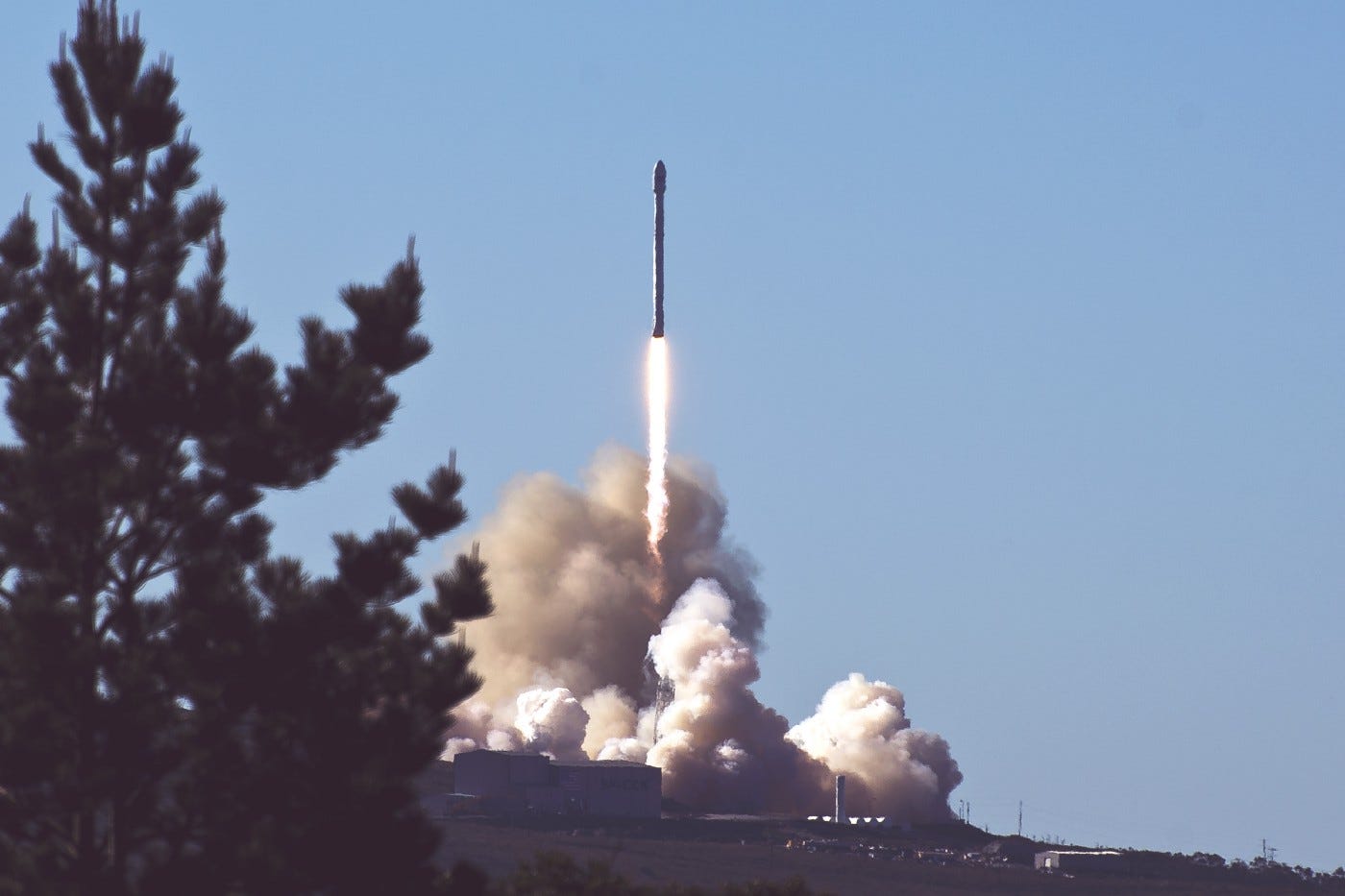Space based solar energy, Atlas the robot, Wearable skin meshes for health monitoring & more - Speciale Focus #3
Welcome to Speciale Focus where we (Speciale Invest) curate the best of STEM reads of the month from across the world. In our 3rd issue we take a look at mind-bending breakthroughs in Solar Energy, Robotics, Health Monitoring, and how AI is now disrupting chemical kinetics.
Let’s goooo 🚀🚀🚀🚀🚀
Space Based Solar Energy - A futuristic approach to sustainable energy?
Think solar, but 40x the energy for a given surface area. Oh, and make it consistent and predictable. Sounds unreal? Well, scientists at Caltech and SpaceX are racing to make this a reality. The idea is to deploy solar panels in orbit allowing them to take advantage of unlimited solar energy while only having to remain in the dark (Earth’s shadow) for 14 minutes a day. Check out Will Locket’s Medium for more information.
Well, Boston Dynamics does it again with Atlas the robot
We’ve all come to know and appreciate Boston Dynamics’s life-like robots. How many of you remember SPOT- The industrial robot dog that can also dance??!! Well, enter ATLAS!
Famously dubbed as the world’s most agile humanoid robot, Atlas hosts one of the world’s most compact mobile hydraulic systems allowing it to perform complex tasks with an uncanny human-like resemblance.
Wearable Skin Mesh that can monitor your health without having to be charged
While fitness trackers and smart watches have become an integral part of the health-conscious tech stack, there’s been a few quiet breakthroughs in the remote health-monitoring space like the wearable patch created by the researchers at the University of California, San Diego that can track bio-molecules in deep-tissues. However, the one major drawback was that it needed to be charged. Well, engineers at the University of Arizona may have just found a way to bypass that - by developing a 3-d printed bio-symbiotic mesh that can monitor health at precision levels that haven’t been seen before, and it also doesn’t need charge!
AI model that can accurately classify reaction mechanisms is now disrupting Kinetics!
The Understanding of catalytic organic reactions is crucial for the design of new catalysts, modes of reactivity and the development of greener and more sustainable chemical processes. Igor Larrosa and Jordi Bures from the University of Manchester have developed an open-source AI model that can classify chemical reaction mechanisms using concentration data to make predictions that are 99.6% accurate. While traditional methods require expert overview and long timelines, tools like these could help accelerate the discovery of new drugs and materials that can propel humanity.
Well, that’s it for this month. We’ll see you with more mind-bending reads and deep tech updates soon!
Until then, subscribe to have the best STEM reads directly delivered to your inbox.






